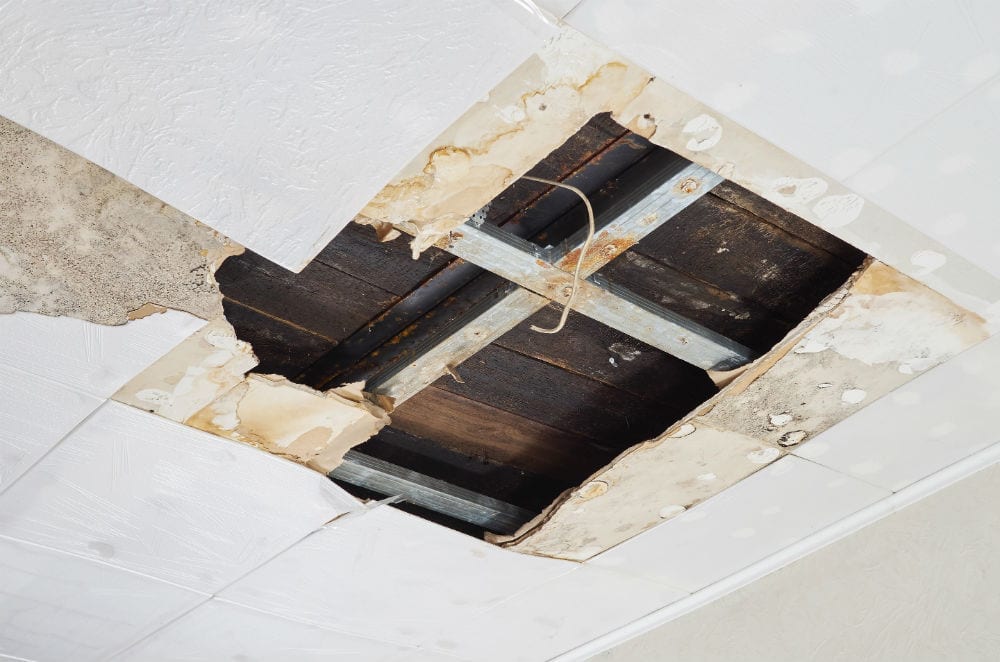Do's & Don'ts of Water Damages.
Do's & Don'ts of Water Damages.
Blog Article
The author is making several good pointers related to How To Prevent Fire And Water From Ruining Your Holiday Season as a whole in this post which follows.

Though water offers life, water breach on components where it's not intended to be can result in damage. If the water saturates into your structure, it can peel off away surface areas as well as erode the foundation. Mold and also mold also thrive in a wet setting, which can be harmful for your health and wellness. Residences with water damage smell stuffy as well as old.
Water can originate from numerous sources such as tropical cyclones, floodings, burst pipes, leaks, as well as sewer concerns. In case you experience water damage, it would be great to know some safety preventative measures. Right here are a couple of guidelines on exactly how to deal with water damages.
Do Prioritize Home Insurance Policy Protection
Water damages from flood as a result of heavy winds is seasonal. You can also experience an unexpected flooding when a defective pipeline unexpectedly bursts right into your residence. It would certainly be best to have home insurance coverage that covers both disasters such as all-natural disasters, and also emergencies like busted plumbing.
Do Not Forget to Turn Off Utilities
In case of a catastrophe, specifically if you live in a flood-prone location, it would certainly be recommended to switch off the main electric circuit. This cuts off power to your entire home, protecting against electrical shocks when water is available in as it is a conductor. Moreover, don't fail to remember to shut off the primary water line shutoff. When floodwaters are high, furnishings will certainly walk around and also create damage. Having the main valve shut down prevents further damage.
Do Stay Proactive and Heed Climate Informs
Listen to emptying cautions if you live near a lake, creek, or river . Doing so reduces prospective building damages.
Don't Neglect the Roof
You can avoid rain damage if there are no openings and also leakages in your roof. This will stop water from moving down your wall surfaces as well as saturating your ceiling.
Do Take Notice Of Small Leakages
A ruptured pipe does not happen overnight. Typically, there are red flags that indicate you have compromised pipes in your home. You may see bubbling paint, peeling off wallpaper, water touches, water spots, or leaking sounds behind the wall surfaces. Ultimately, this pipeline will certainly break. Ideally, you must not wait on points to intensify. Have your plumbing repaired prior to it leads to substantial damages.
Don't Panic in Case of a Burst Pipeline
Maintaining your clearheadedness is crucial in a time of crisis. Since it will certainly stifle you from acting fast, stressing will only intensify the problem. Timing is essential when it comes to water damages. The longer you wait, the even more damage you can anticipate. Hence, if a pipe bursts in your house, right away shut off your primary water shutoff to cut off the source. After that disconnect all electric outlets in the area or turn off the breaker for that part of the house. Call a respectable water damages remediation specialist for help.
Water gives life, water intrusion on components where it's not meant to be can result in damage. Houses with water damages odor old as well as stuffy.
Water damages from flooding dues to heavy winds is seasonal. You might notice bubbling paint, peeling wallpaper, water streaks, water discolorations, or dripping noises behind the wall surfaces. When it comes to water damages, timing is key.
Some Do's & Don't When Dealing with a Water Damage
DO:
Make sure the water source has been eliminated. Contact a plumber if needed. Turn off circuit breakers supplying electricity to wet areas and unplug any electronics that are on wet carpet or surfaces Remove small furniture items Remove as much excess water as possible by mopping or blotting; Use WHITE towels to blot wet carpeting Wipe water from wooden furniture after removing anything on it Remove and prop up wet upholstery cushions for even drying (check for any bleeding) Pin up curtains or furniture skirts if needed Place aluminum foil, saucers or wood blocks between furniture legs and wet carpet Turn on air conditioning for maximum drying in winter and open windows in the summer Open any drawers and cabinets affected for complete drying but do not force them open Remove any valuable art objects or paintings to a safe, dry place Open any suitcases or luggage that may have been affected to dry, preferably in sunlight Hang any fur or leather goods to dry at room temperature Punch small holes in sagging ceilings to relieve trapped water (don't forget to place pans beneath!); however, if the ceiling is sagging extremely low, stay out of the room and we'll take care of it DO NOT:
Leave wet fabrics in place; dry them as soon as possible Leave books, magazines or any other colored items on wet carpets or floor Use your household vacuum to remove water Use TV's or other electronics/appliances while standing on wet carpets or floors; especially not on wet concrete floors Turn on ceiling fixtures if the ceiling is wet Turn your heat up, unless instructed otherwise

I have been very interested by 5 Home Safety Tips To Reduce The Risk Of Fire And Water Damage and I hope you liked the new piece. Liked our piece? Please share it. Help someone else locate it. Thanks for taking the time to read it.
Report this page